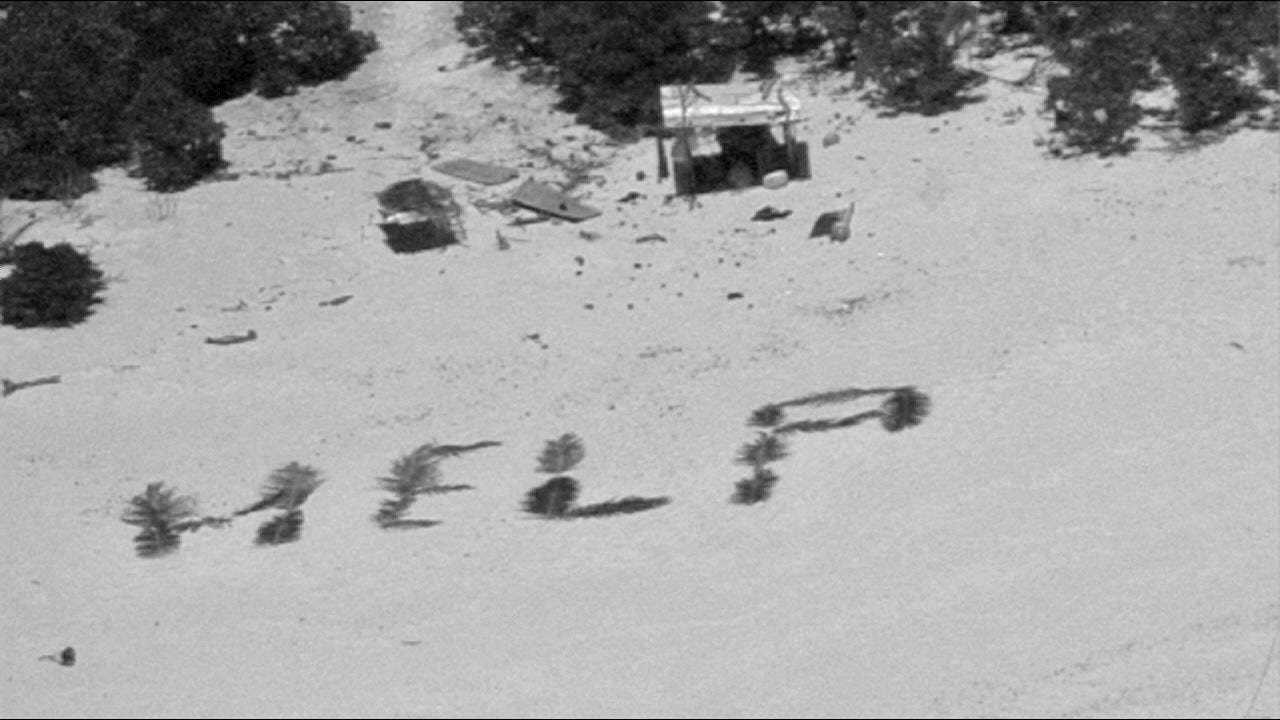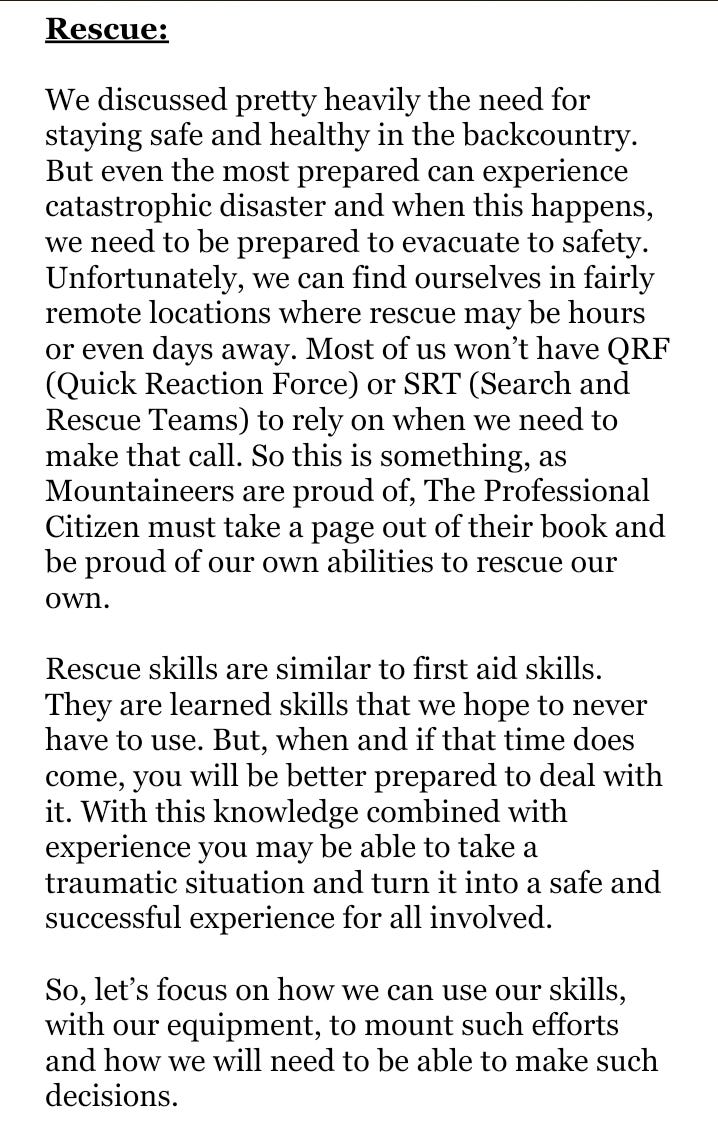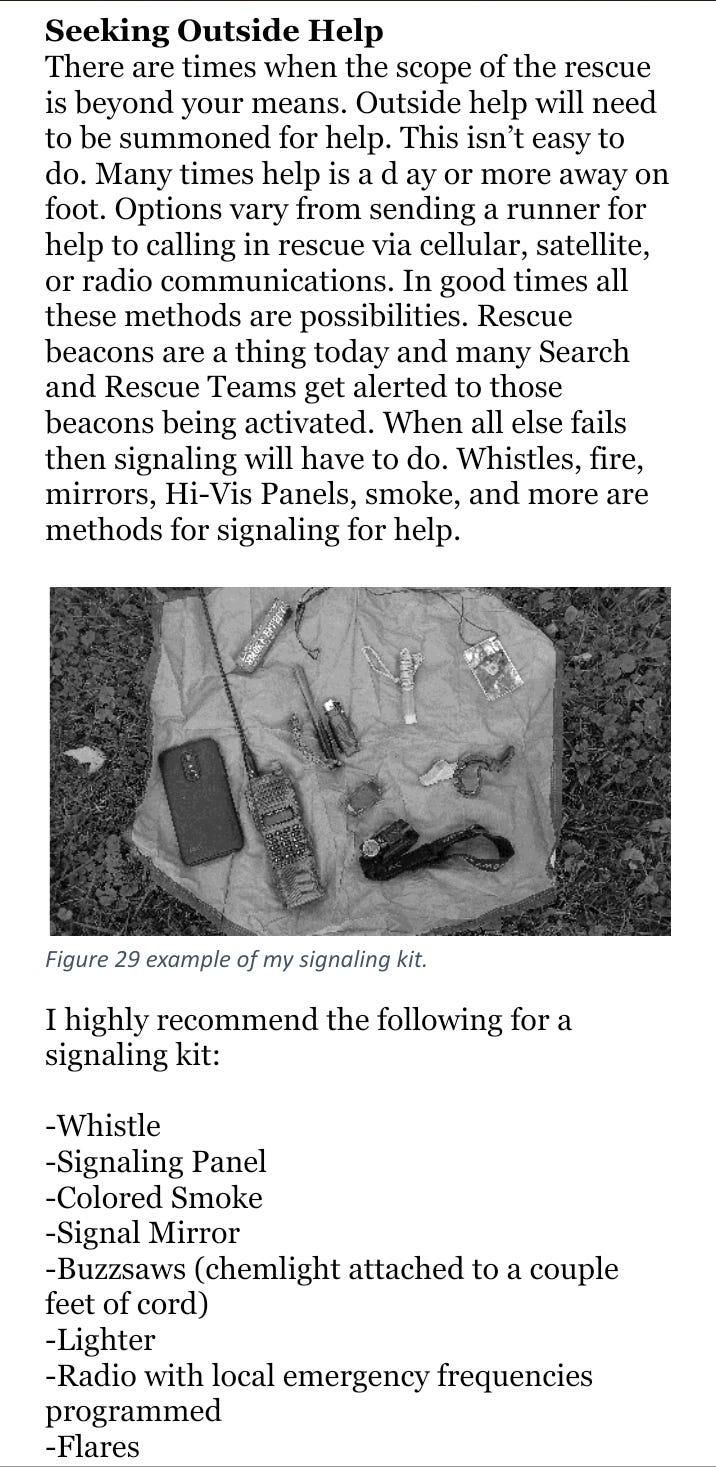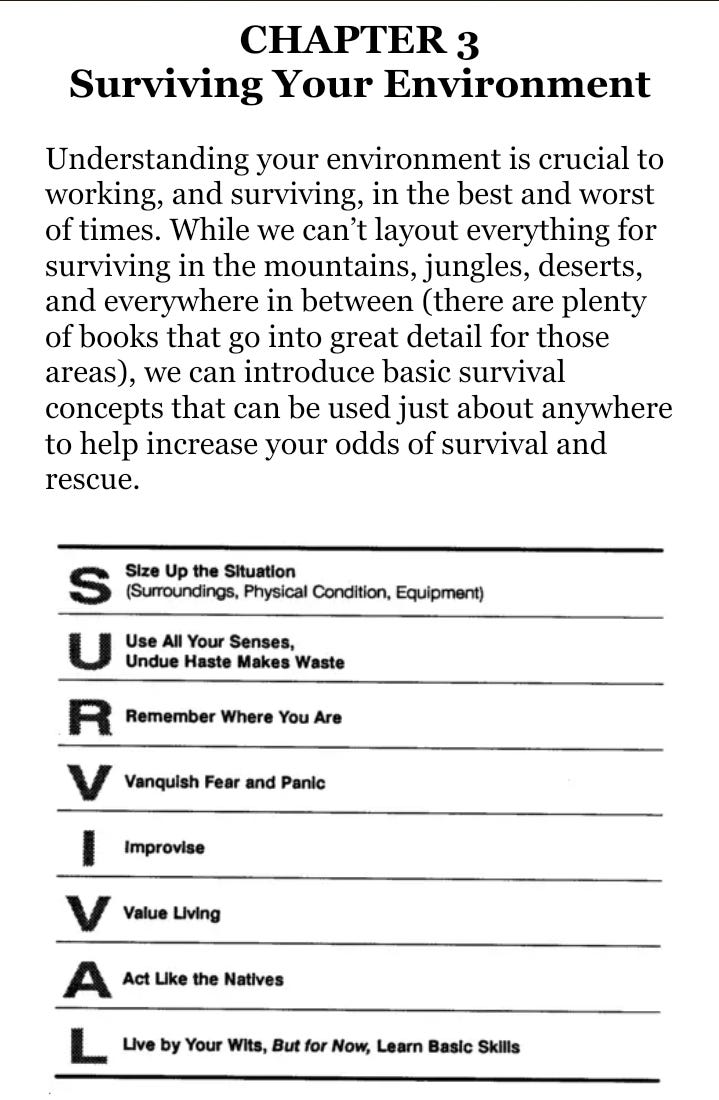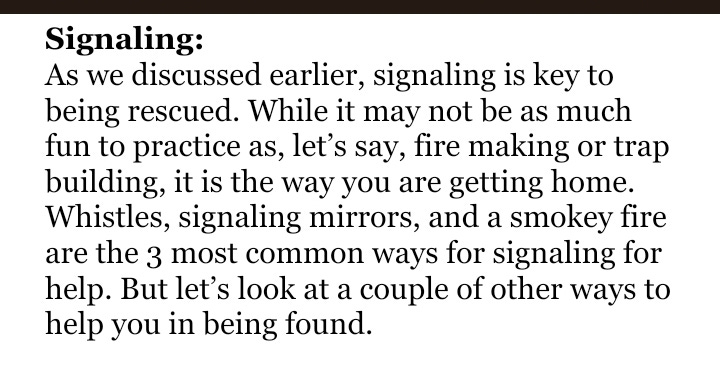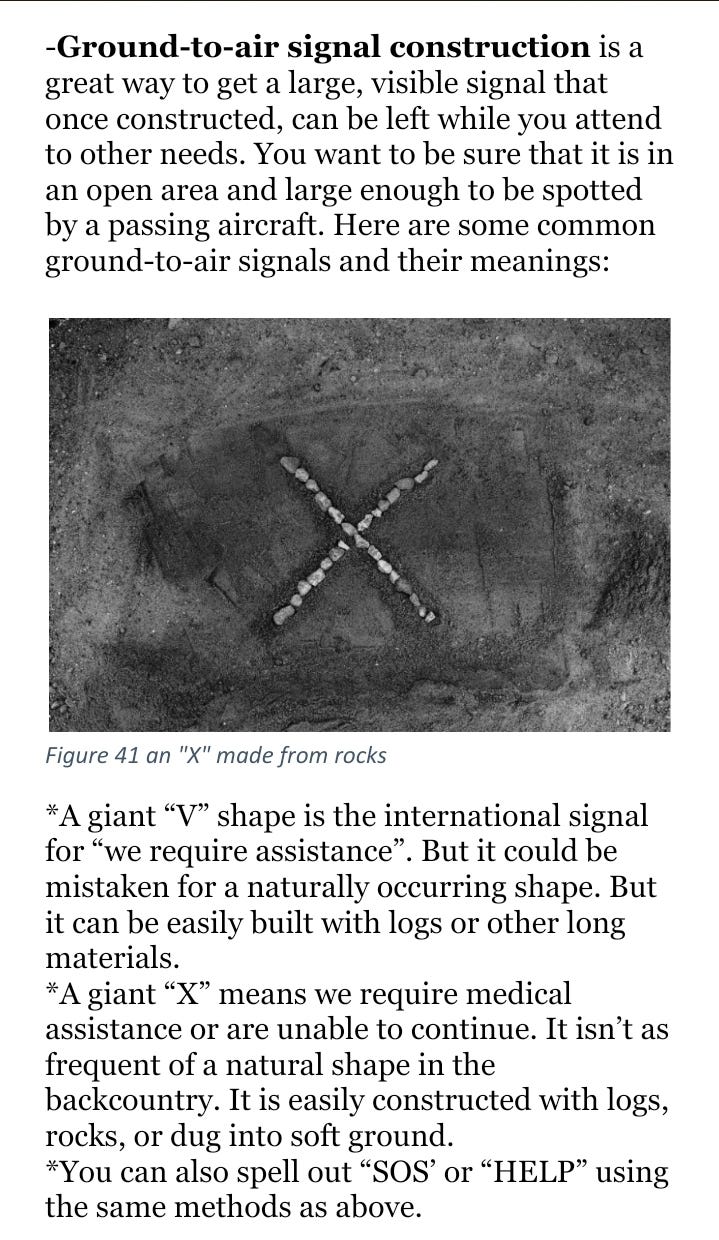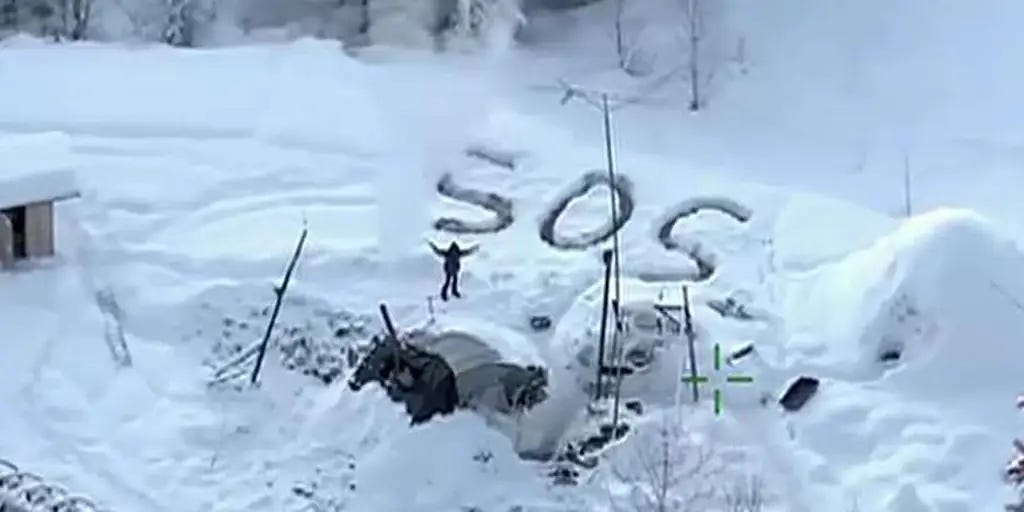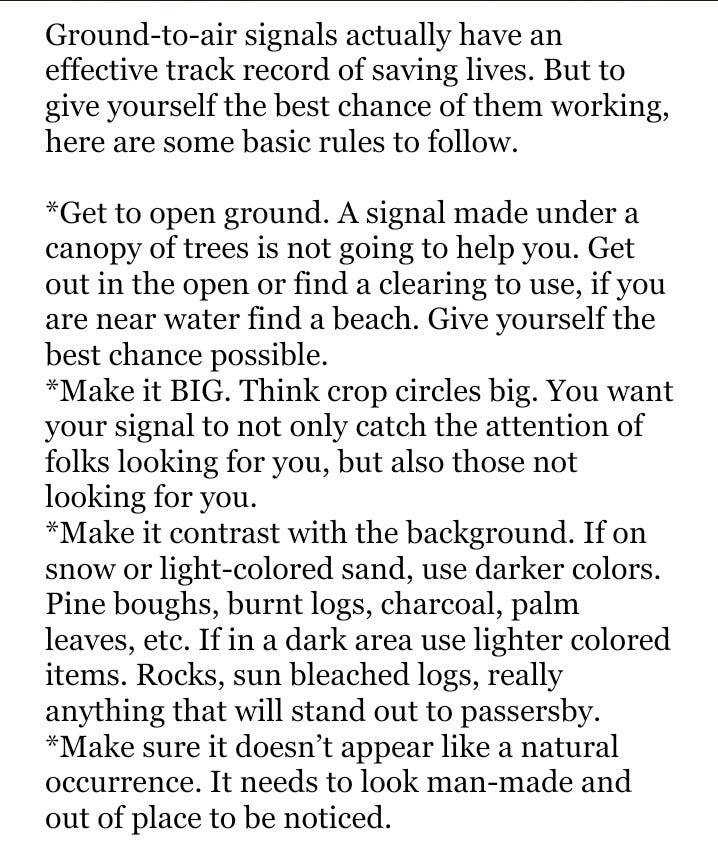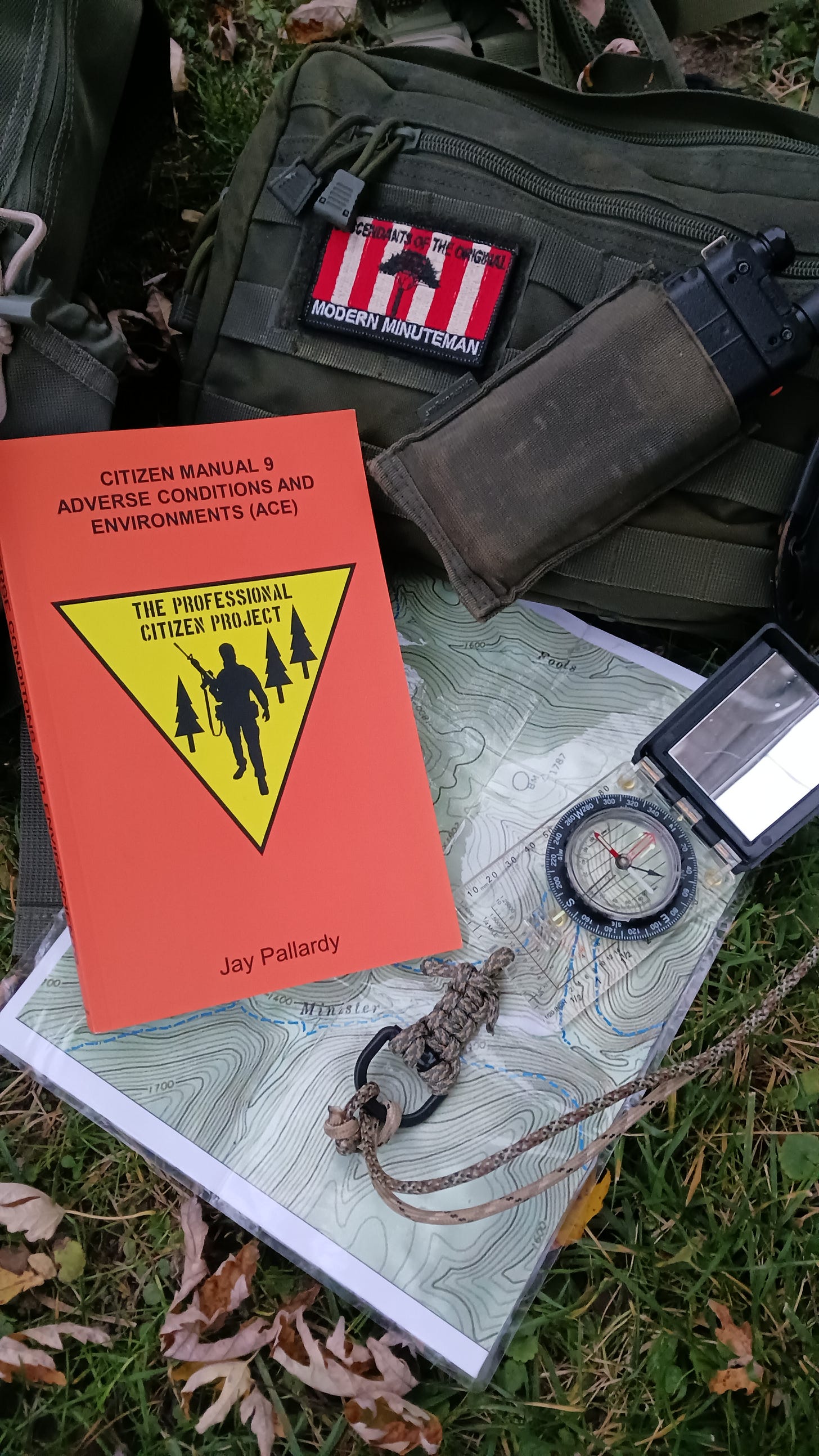PACIFIC CASTAWAYS HELP SIGN HELPS IN RESCUE
The above situation recently happened in the South Pacific. Three men were fishing the waters off an Atoll when their boat was caught in strong swells and their motor was damaged. They ended up scrambling ashore an uninhabited island and their radio died before they were able to call for help.
So the “castaways” used palm fronds to spell out HELP on the beach of the 31 acre island and waited. The three men were rescued a week later due to a Navy P-8 aircraft spotting their sign in the middle of a search area covering over 100,000 square miles. The uninhabited island they were on was 100 miles away from they were suppose to be.
The above story is a great example how ground to air signaling works in a real survival situation. We cover alot of this in the book CM-9 Adverse Conditions and Environments from The Professional Citizen Project.
Examples from the book…
Example of a personal signaling kit…
Remember the acronym SURVIVAL…
Signalling example related the above story…
Another key aspect of their rescue is what they did before they left home, they left a plan of their trip and when they were overdue from their fishing trip relatives contacted the Coast Guard who in turn initiated the search mission. Since they left a plan that included where they were leaving from, where they were going, and when to expect them back, this helped to narrow down an initial search area and saved countless days and ultimately saved the three men’s lives.
Example of a common trip plan to fill out and leave with loved ones…
So as you can see, knowing what to do in survival situations and taking a couple proactive steps can make a difference between life or death if you ever find yourself in such a situation. The three men in the story did exactly what they should have done and it is a great, real life, example of it working.
To learn more on these skills, check out my book written for The Professional Citizen Project, CM-9 Adverse Conditions and Environments.




